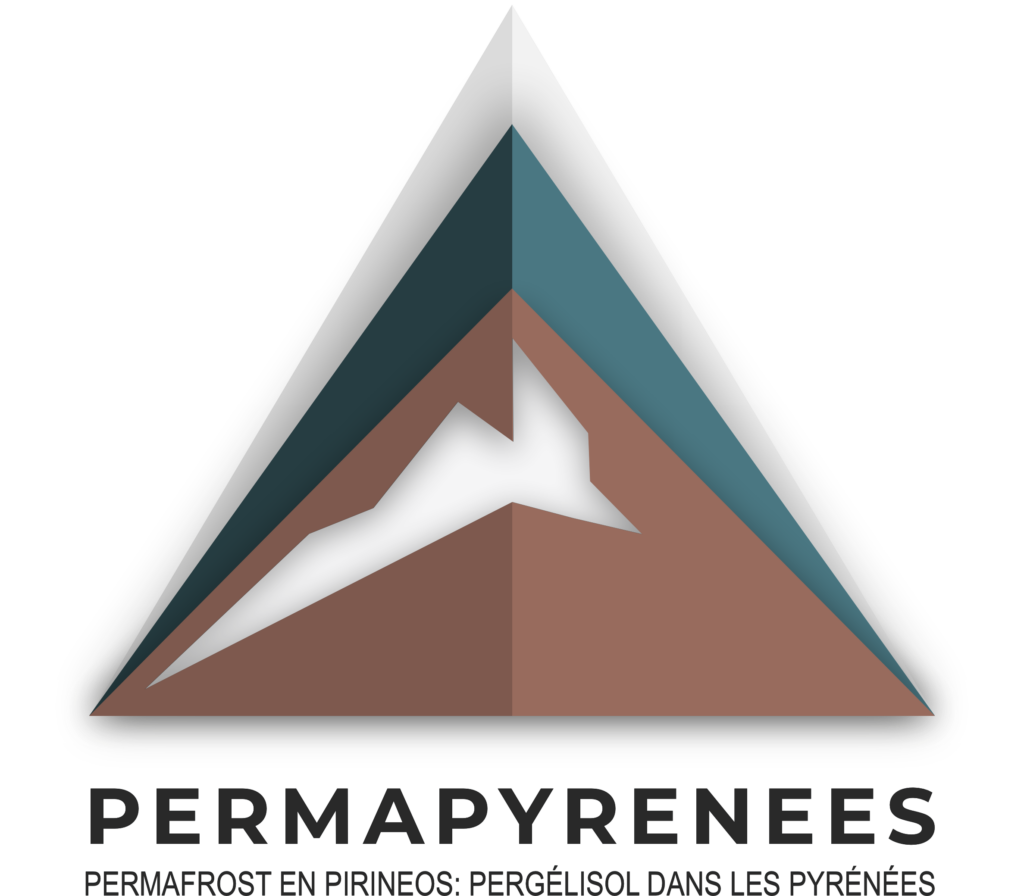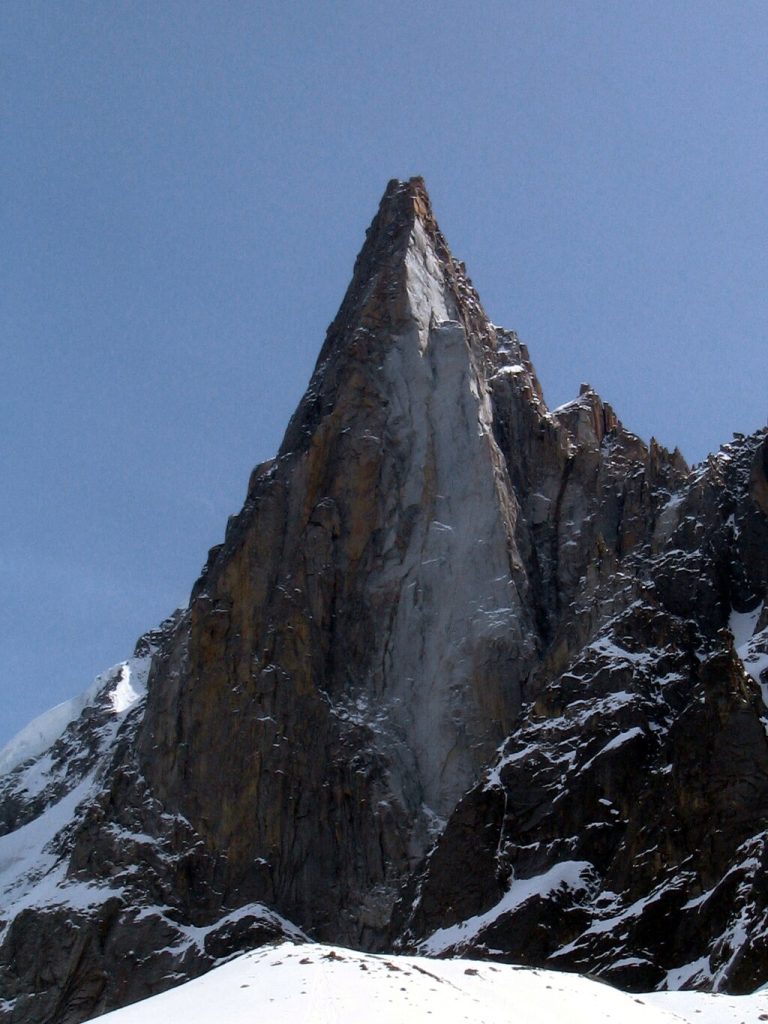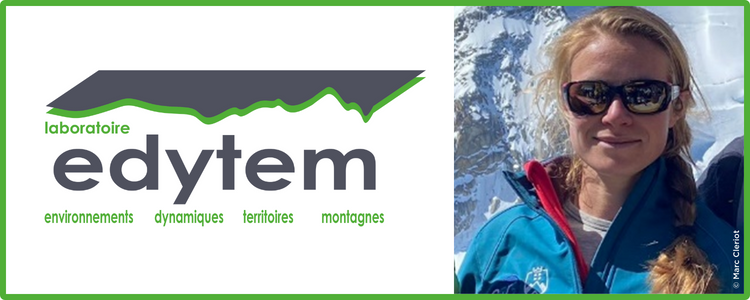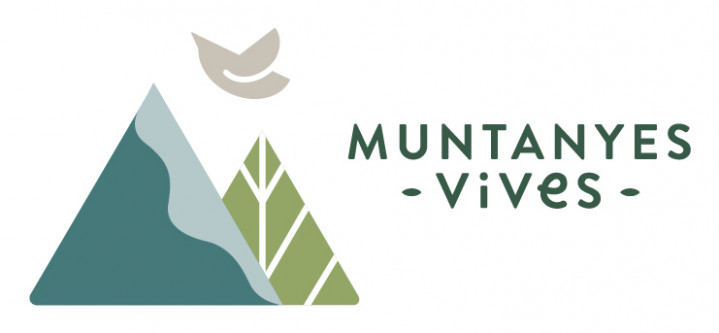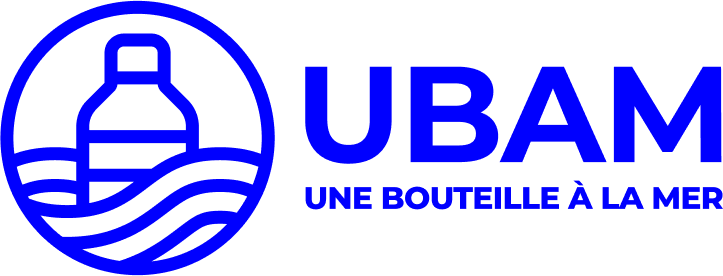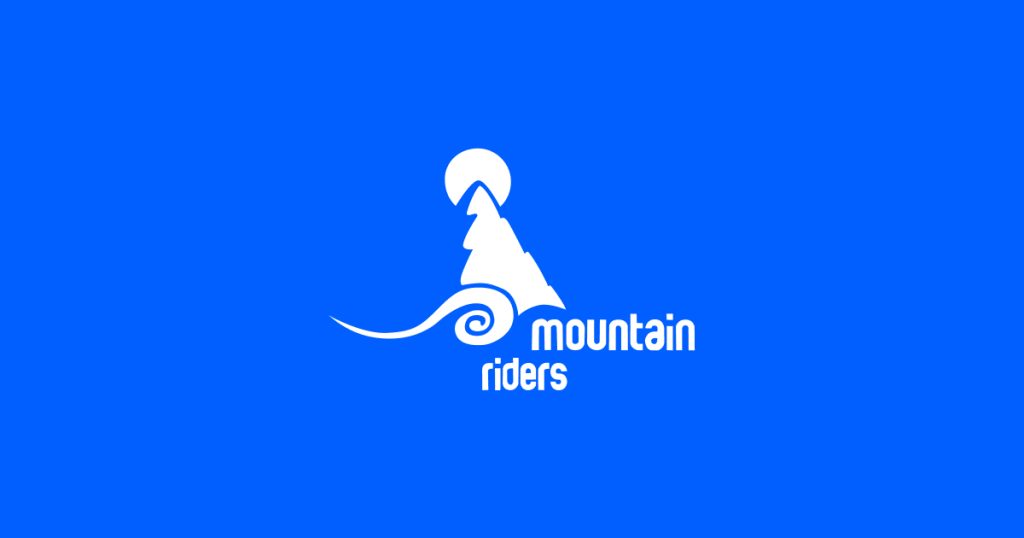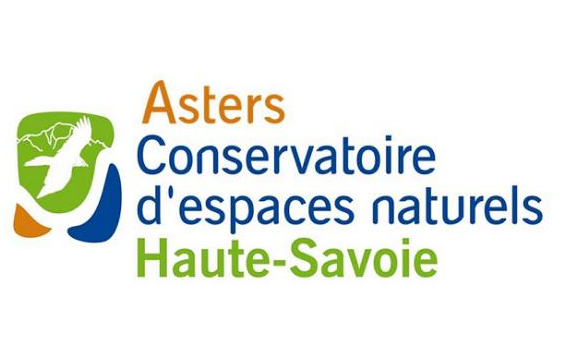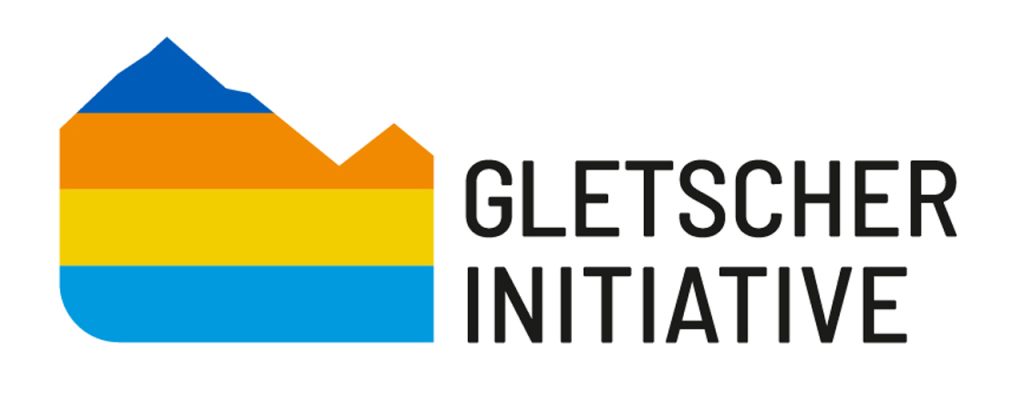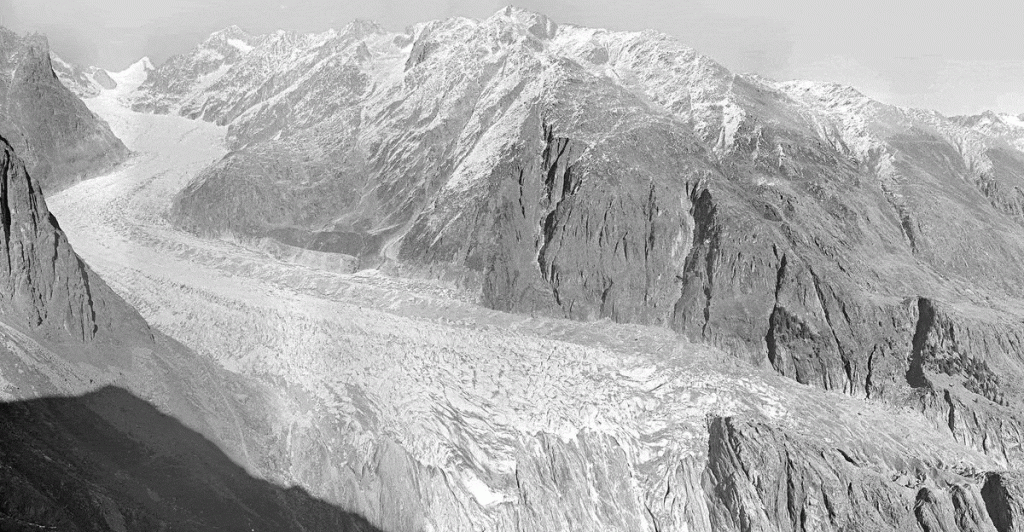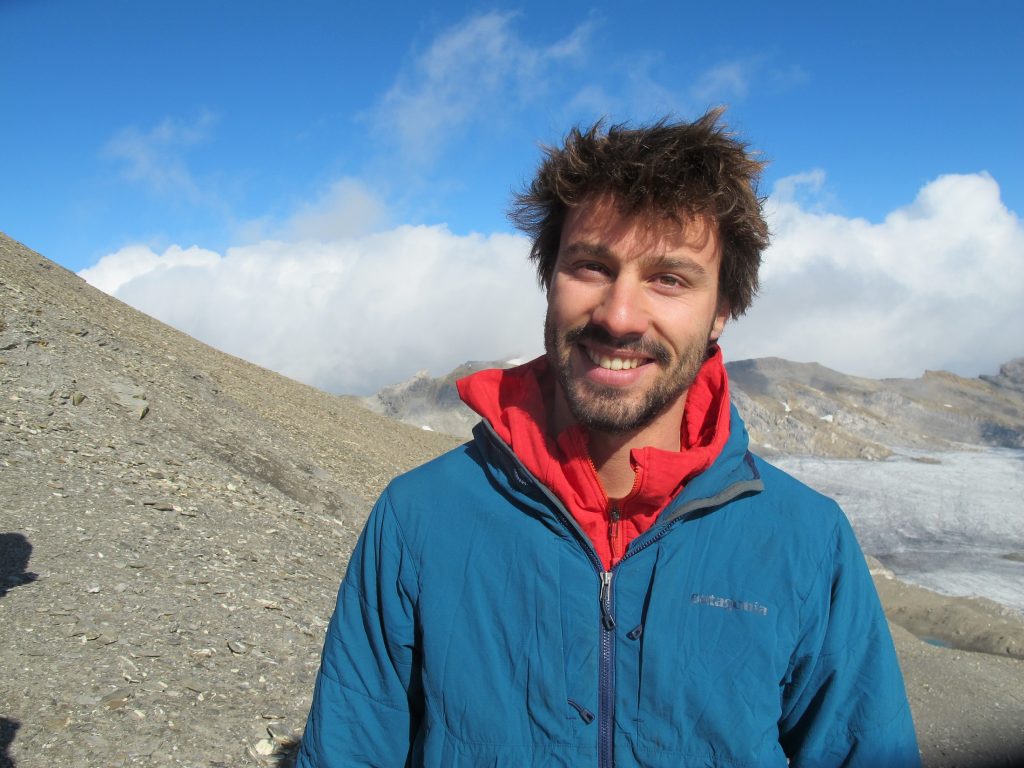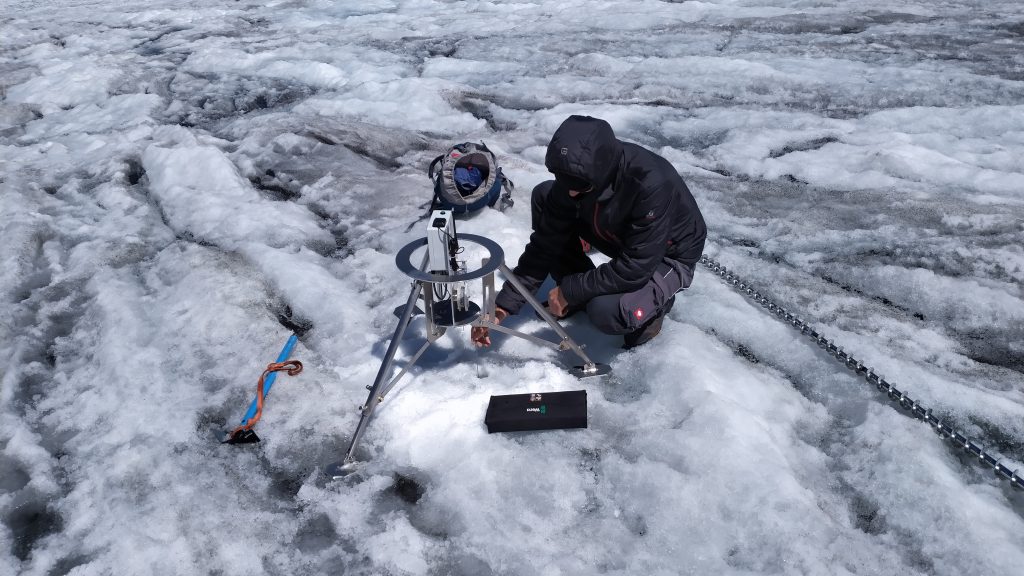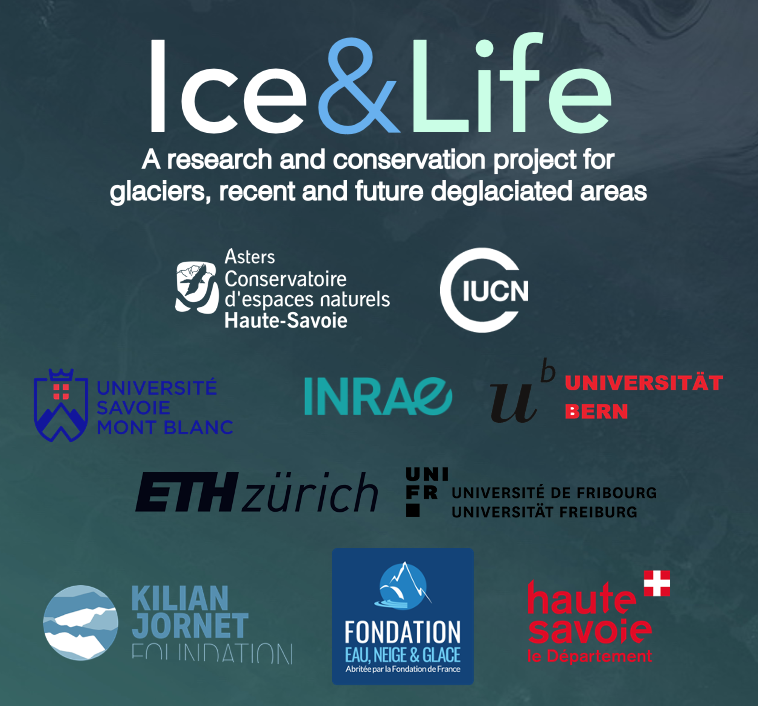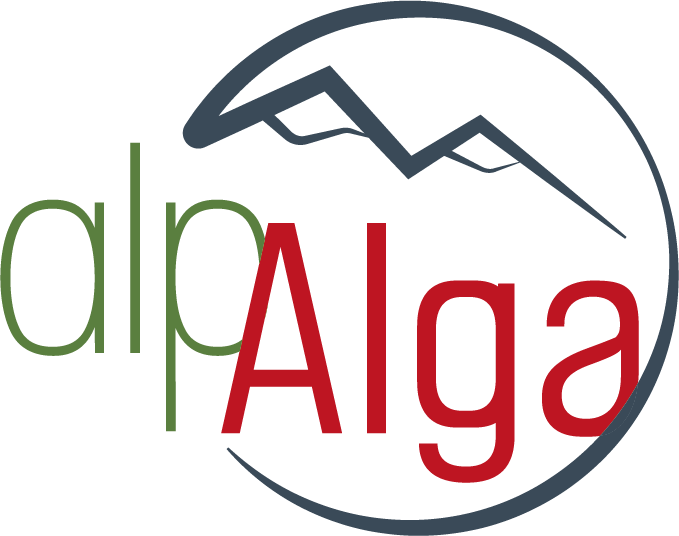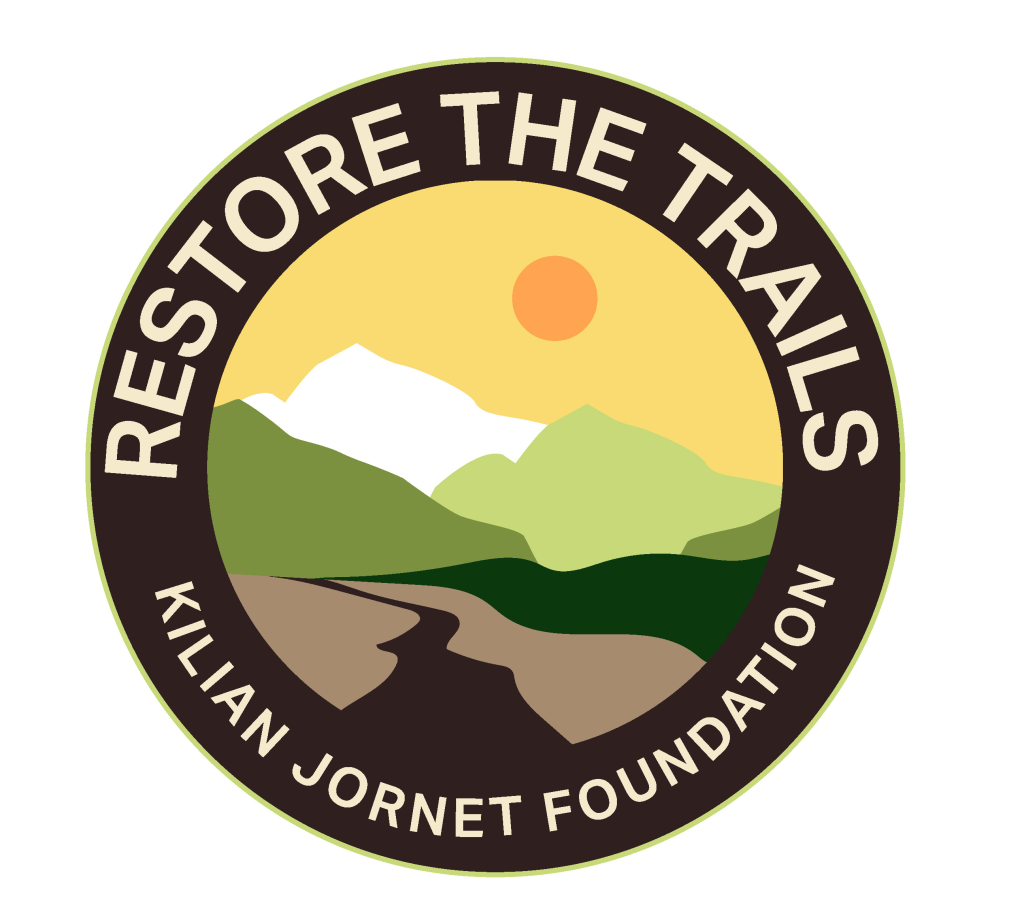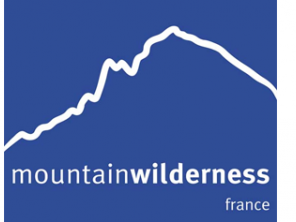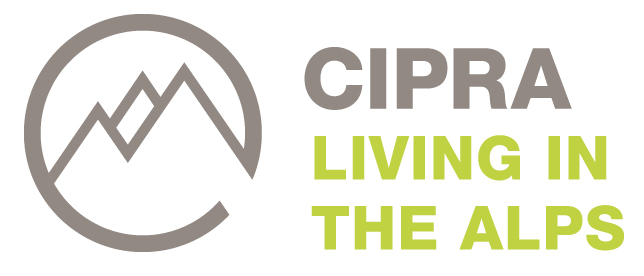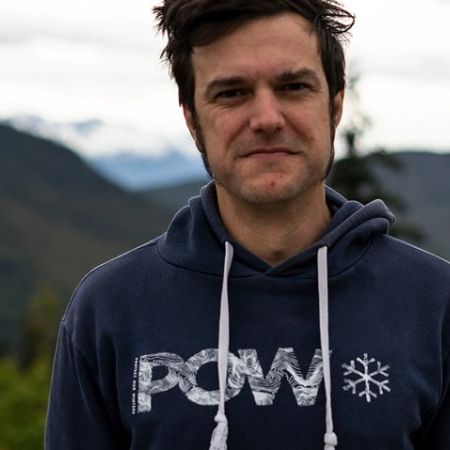
Human impact and Global Warming
Human activities are boosting global warming in the Alps, causing accelerated glacial and permafrost melt, reduced snow cover, and threatening biodiversity. With the Alps experiencing temperature rises faster than most regions (on average 2ºC), urgent conservation efforts and positive impact initiatives are emerging to combat the effects of global warming.
“Another future is possible. We can start to have a positive impact, but we need to change the way we think and enjoy the outdoors.”
— Louisa Moreau, POW France”
— Louisa Moreau, POW France”
Click here to learn more and be inspired







